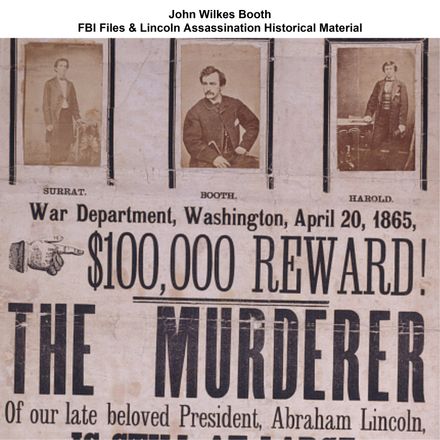$12.95
World War II: Pearl Harbor Spy Bernard Kuehn FBI File - Download
World War II: Pearl Harbor Spy Bernard Kuehn FBI File
777 pages of FBI Files covering the convicted Pearl Harbor spy Bernard Julius Otto Kuehn.
Pearl Harbor Spy Bernard Kuehn FBI File Number 65-1574
The first documented attention the FBI gave to Bernard Kuehn is shown in a February 11, 1939 FBI memo sent to J. Edgar Hoover where he is described as an "advanced student of Japanese language - entertain lavishly, particularly army officers - no apparent source of income - own two homes - one very large. Mysterious as to length of stay and reason for residing in Hawaii. Defend Hitler in clever manner." The memo mentions the FBI's lack of having a Special Agent in Charge in Hawaii.
The FBI office in Hawaii was closed in 1934. It reopened in 1937, but was closed again in 1938. The FBI bureau in Hawaii reopened and remained open in August 1939 under the leadership of Special Agent in Charge Robert L. Shivers. Shivers immediately began investigating the possibility that there were Japanese spies working in Hawaii.
Very soon the Bureau was suspicious of Kuehn. He had questionable contacts with the Germans and Japanese. He'd lavishly entertained U.S. military officials and expressed interest in their work. He had two houses in Hawaii, but no real job. Investigations by the Bureau and the Army, though, never turned up definite proof of his spying.
Bernard Kuehn, a member of the Nazi party, was offered a job by Nazi Propaganda Minister Joseph Goebbels, to work for Japanese intelligence in Hawaii. Kuehn moved to Honolulu with his family on August 15, 1935. In November 1941, Kuehn had offered to provide intelligence on U.S. warships in Hawaiian waters to the Japanese consulate in Hawaii. On December 2, 1941, Kuehn provided a report with specific and highly accurate details on the U.S. fleet to the Japanese consulate.
Kuehn had set up a complex system of signals all worked out to pass information to nearby Japanese submarines. Bed sheets on clothes lines. Lights in dormer windows. Car headlights. A boat with a star on its sail.
Among the eight signals Kuehn set-up were; A light shining in the dormer window of his Oahu house from 9 to 10 p.m., for example, meant that U.S. aircraft carriers had sailed. A linen sheet hanging on a clothes line at his home on Lanikai beach between 10 and 11 a.m. meant the battle force had left the harbor.
After the bombing of Pearl Harbor Japanese documents were captured that mentioned the set of signals. The clues pointed to Kuehn and he was arrested. He gave a confession but denied ever sending coded signals.
On February 21, 1942, 76 days after the attack on Pearl Harbor, Bernard Kuehn was found guilty by a military tribunal of spying and sentenced to be shot "by musketry" in Honolulu. His sentence was later reduced to 50 years of hard labor after he provided information about the Japanese and German spy networks. After World War II ended, Kuehn was deported to Germany.



